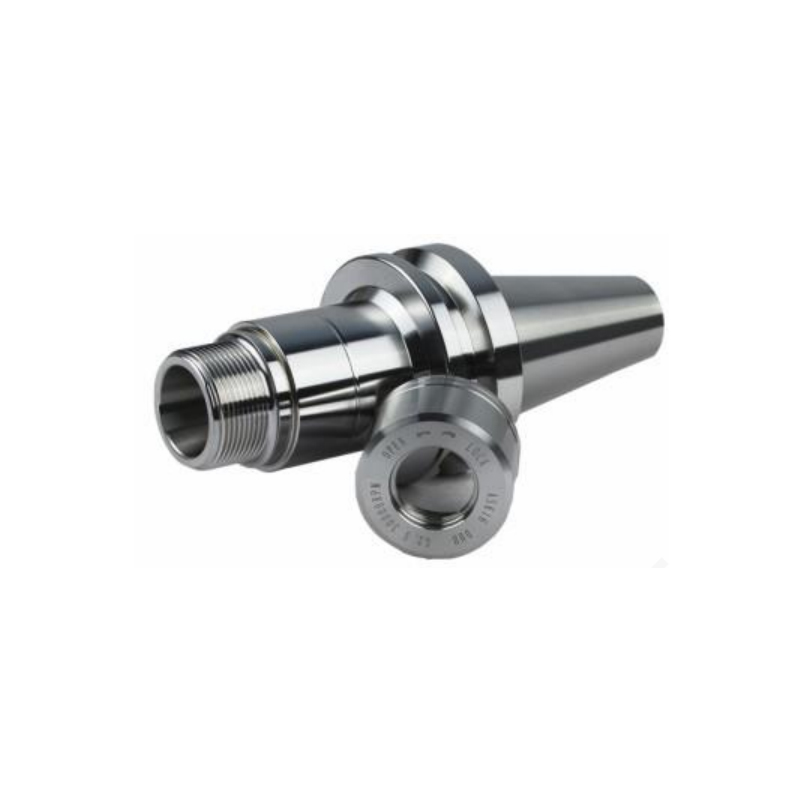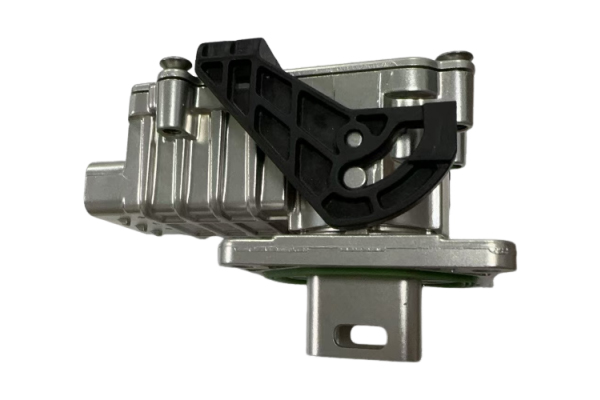When constructing a building, the integrity of its foundation is paramount. One critical aspect of this foundation is the installation of water lines beneath concrete slabs. The depth at which these lines are laid can significantly impact both the functionality of the plumbing system and the longevity of the structure. In this article, we will explore the factors influencing the optimal depth for water lines under concrete slabs, the implications of improper installation, and best practices to ensure a successful project.
Understanding the Basics: Why Depth Matters
The depth of water lines under concrete slabs is not a one-size-fits-all measurement. Several factors must be considered, including local climate, soil conditions, and building codes. Generally, water lines should be buried deep enough to avoid freezing in colder climates, while also being shallow enough to allow for easy access and maintenance.
- Climate Considerations
In regions with harsh winters, water lines must be buried below the frost line to prevent freezing. The frost line varies by location, typically ranging from 30 inches in northern climates to as little as 12 inches in warmer areas. Homeowners and builders should consult local building codes and climate data to determine the appropriate depth for their specific location.
- Soil Conditions
The type of soil also plays a crucial role in determining the depth of water lines. Sandy soils tend to drain well and may not require as deep a burial as clay soils, which retain moisture and can lead to frost heave. Additionally, rocky or unstable soils may necessitate deeper installation to ensure the lines are protected from shifting and settling.
Building Codes and Regulations
Local building codes often dictate the minimum depth for water lines under concrete slabs. These regulations are designed to protect both the plumbing system and the structural integrity of the building. Typically, the minimum depth is around 12 to 18 inches, but this can vary based on local requirements. It is essential for builders and homeowners to familiarize themselves with these codes to avoid costly fines and ensure compliance.
Implications of Improper Installation
Failing to install water lines at the appropriate depth can lead to a host of problems. Inadequate depth can result in frozen pipes during winter months, leading to burst lines and extensive water damage. Conversely, overly deep lines can complicate repairs and maintenance, making it difficult to access the plumbing system when issues arise.
- Frozen Pipes
In colder climates, water lines that are not buried deep enough can freeze, causing pressure to build up within the pipes. This can lead to cracks and leaks, resulting in significant repair costs and potential damage to the surrounding structure.
- Maintenance Challenges
If water lines are installed too deep, accessing them for repairs can become a daunting task. This can lead to increased labor costs and extended downtime for the plumbing system, impacting the overall functionality of the building.
Best Practices for Installation
To ensure the successful installation of water lines under concrete slabs, consider the following best practices:
- Conduct a Site Assessment: Before installation, conduct a thorough assessment of the site, including soil tests and climate analysis. This will help determine the optimal depth for water lines.
- Follow Local Codes: Always adhere to local building codes and regulations regarding the installation of water lines. This not only ensures compliance but also protects the integrity of the plumbing system.
- Use Quality Materials: Invest in high-quality materials that are designed for underground installation. This includes using pipes that are resistant to corrosion and freezing.
- Plan for Future Access: Consider future maintenance needs when determining the depth of water lines. Installing access points or using flexible piping can make repairs easier down the line.
- Consult Professionals: When in doubt, consult with plumbing professionals or engineers who have experience with underground installations. Their expertise can help avoid common pitfalls and ensure a successful project.
Conclusion
The depth of water lines under concrete slabs is a critical consideration in construction that can have lasting implications for the building's functionality and durability. By understanding the factors that influence this depth, adhering to local codes, and following best practices, builders and homeowners can ensure a reliable plumbing system that stands the test of time. Investing the time and resources into proper installation will pay off in the long run, safeguarding both the structure and its inhabitants from potential plumbing disasters.




